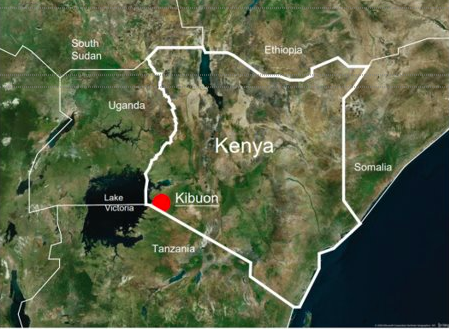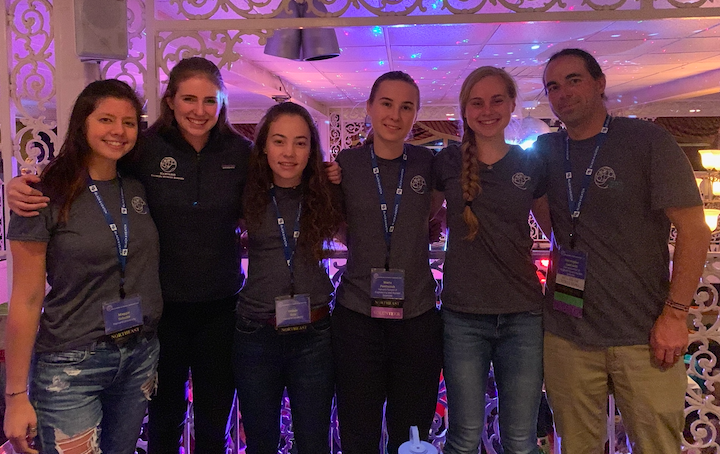Harvard Engineers Without Borders: A Water Project in Kibuon, Kenya
For those unfamiliar with Engineers Without Borders (EWB), first a little bit about the organization. According to the official EWB website, the goal of the organization is to “build a better world through engineering projects that empower communities to meet their basic human needs.” The organization is divided into chapters which are groups of engineering students or professional engineers that work together on a singular project. Each chapter works with the community that they serve.
When I first joined the Harvard Chapter, the chapter had just finished one of the two projects that they had been working on, so I got to start a new project from the first stage, which seems to be a bit of a rare opportunity for college students. We collectively decided on answering a project request from a village in Kenya that was requesting help with sourcing clean drinking water. Before EWB stepped in to help the community kids were collecting water approximately 2 to 3 times a day and walking anywhere between 1 and 3 hours for each trip. This cut into their time for education and the water they were collecting wasn’t clean which frequently led to disease. This project was part of the International Community program; throughout the project’s full cycle community members of varying backgrounds are brought in as part of the project, with the intention of promoting education and leadership from the community so that the result of the project is long-lasting and sustainable.
The goal for a water project is to provide the source, storage, distribution and treatment of water for the community. The two alternatives for the source that were primarily considered were rainwater catchment and a system of borehole wells. The chapter sent a team in May of 2019 to assess which of these two solutions would be more feasible along with assess whether the community was invested enough to make the project feasible.
During the pandemic, it was not possible to send our team to work in the village along side the community. We did get to work remotely with the community and company that was in charge of drilling to start work though. The original drilling came up short; it is not producing a high enough flow rate or replenishing rate to provide water for the entirety of the community. Currently, our chapter is looking at how to fix the well that has been drilled since the water isn’t fully clean and drilling another well to provide water for another part of the village since the village is relatively spread out. Additionally, we have been looking at using a solar powered pump for the well, but are unsure whether it makes sense to install it with the low flow rate.
The entirety of the process thus far has required many permits, reports and hydrological surveys along with communicating with various organizations. All of this has been done as a team of roughly 16 engineers. I was primarily involved my sophomore and junior year during the surveys and primary drilling portions of the project. I have been a part of writing quite a few reports, solving problems remotely, and publicizing our chapter.
Unfortunately, I never got to be a part of the on the ground implementation process. I was supposed to travel in the spring of 2020, but due to the pandemic, the trip was cancelled.
I did, however, get to go to an EWB conference in Pittsburgh with chapters from all over the United States. It was really interesting to hear about projects that other chapters are working on and meet people who are all working on a collective goal, to help people meet basic needs through the engineering of smaller projects.
For more about the Harvard Engineers Without Borders chapter and to learn more about the project, please visit:
Additionally, I had the honor of being recognized by Harvard Athletics for my work with humanitarian aid. To see the article, please visit:

